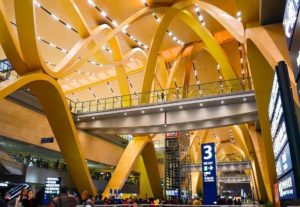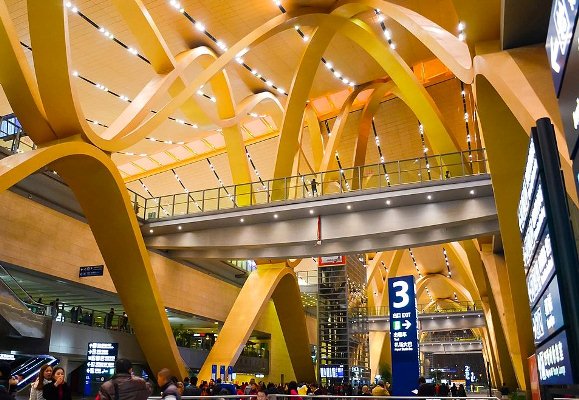 The airport industry had a healthy year in 2019 but now faces an unforeseen health crisis that has wiped away revenues and brought traffic to a halt, according to a new report from Airports Council International (ACI) World.
The airport industry had a healthy year in 2019 but now faces an unforeseen health crisis that has wiped away revenues and brought traffic to a halt, according to a new report from Airports Council International (ACI) World.
ACI’s new World Airport Traffic Report Dataset (WATR) paints a healthy aviation industry in 2019, as airports accommodated 9.1 billion passengers, 120 million metric tonnes of cargo, and more than 102 million aircraft movements.
“The airports industry was experiencing a period of sustained passenger traffic growth in 2019 but, despite this consistent growth, we are now facing the worst crisis the industry has ever confronted, with crippling losses in passenger traffic and revenues due to the impact of the COVID-19 pandemic,” ACI World director general Luis Felipe de Oliveira said.
“In 2019, global air service growth remained consistent and resilient but the continuing impact of protectionism and trade wars on international air transport services was looming as the main challenge to growth in the short term. No one could have predicted that a global pandemic would bring the aviation industry to a standstill,” de Oliveira added.
Global passenger traffic grew 3.5% in 2019 to a total of 9.1 billion passengers. International passenger traffic grew faster than domestic passenger traffic (+4.1% versus +2.4%).
However, this is the smallest year-over-year growth since 2009 amid global uncertainties, said the report which has a dataset of 2,565 airports in 180 countries.
In passenger traffic, aviation’s center of gravity was continuing to shift eastward in 2019.
“Most of the world’s fastest-growing large airports were in Asia—eight of the 30 fastest-growing airports with more than 15 million passengers were located in just two countries: China and Vietnam,” noted the report.
Last year, Asia-Pacific airports tallied 3.4 billion passengers, a 3.3% growth from a year ago.
Handling close to 120 million tonnes of air cargo in 2019, the global market experienced its worst year since the Great Recession, recording a loss of 2.2% year-over-year.
In the Asia-Pacific region, nearly 47 million tonnes of cargo were processed, a decline of 3.3% from the preceding year.
Trade tensions and new trade restrictions such as import tariffs affecting global supply chains as well as softer business and consumer confidence contributed in part to air cargo struggles in 2019.
“Cargo continues to represent a significant component of the total value of global trade as aviation transports high value goods and perishables,” de Oliveira said.
“Now, during the pandemic, airports are playing an even more important role, supporting cargo operations and providing goods and services for the health of the people and communities we serve.”
Looking ahead, he said the industry remains positive about the future “because the connectivity we provide and the benefits for business and tourism represent a crucial part of the global economic recovery.”
However, a recovery to the levels of success seen in 2019 will be a long and difficult journey.
“Aviation is a key driver of local, regional and national economies, and direct government financial relief and assistance is urgently needed to protect operations, safeguard jobs, and support the industry’s recovery,” de Oliveira said.
The industry directly generates 11 million jobs with around 60% of this workforce at airports.
Photo by නිපුන දොඩන්තැන්න





